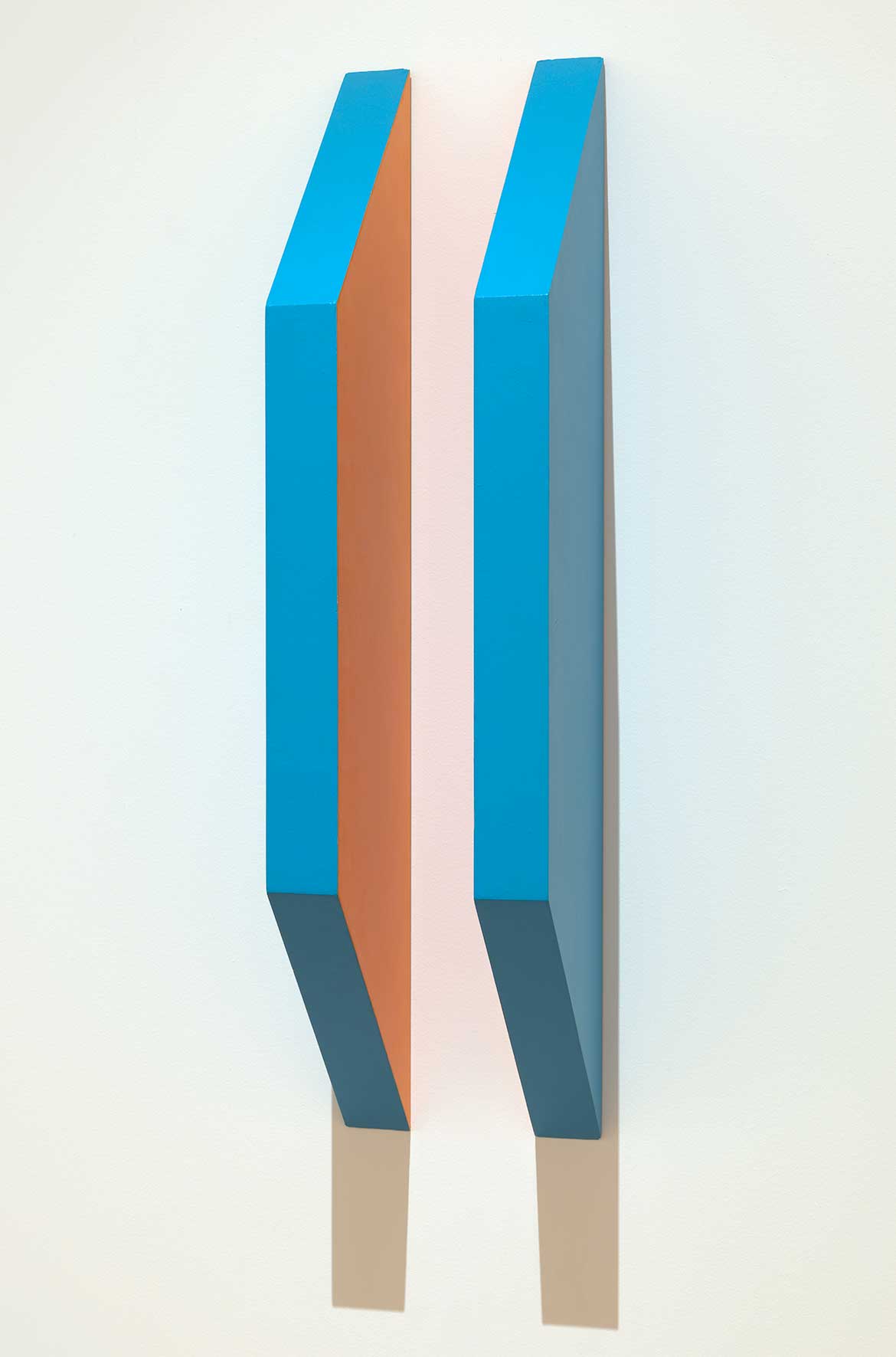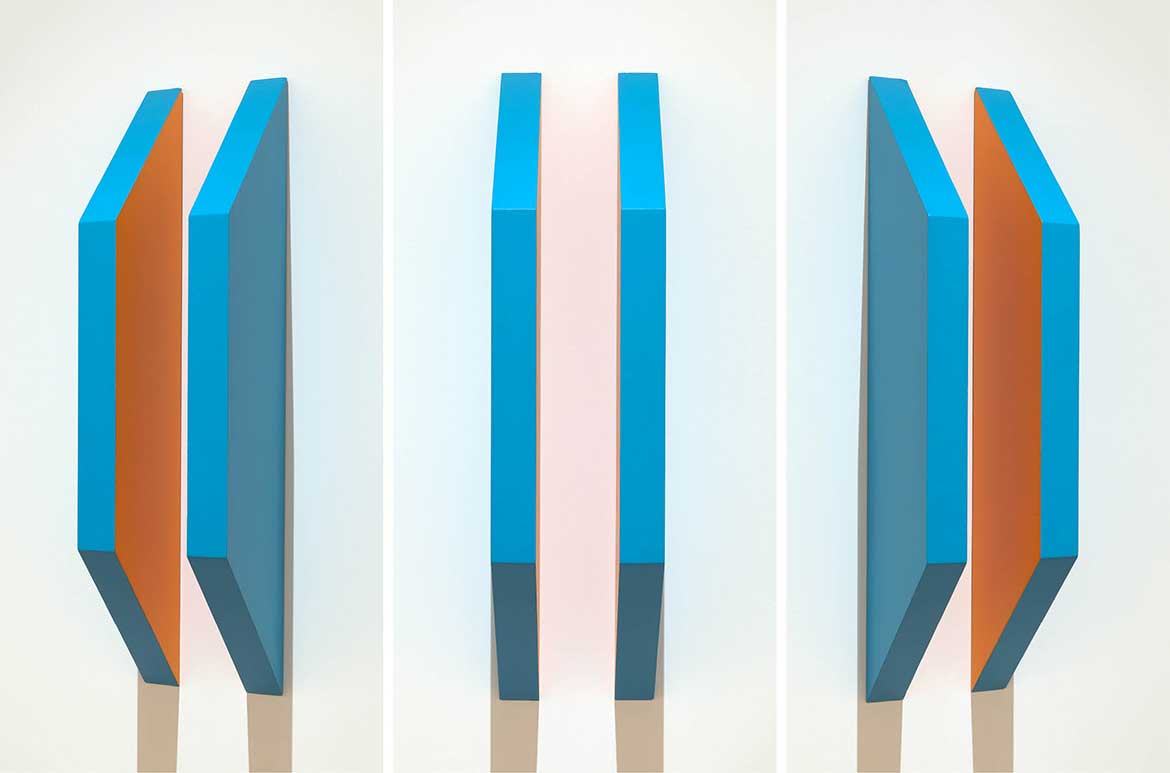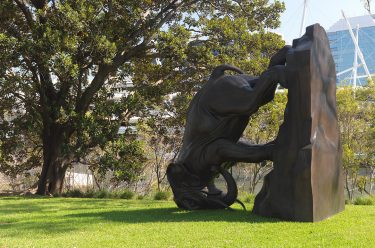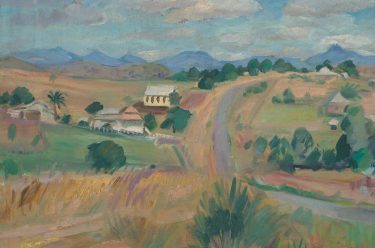Margaret Worth’s Untitled 1968 (currently on display in the Australian Art Collection, Queensland Art Gallery) is a striking example of hard-edge abstraction by one of Australia’s outstanding abstract artists. This rare modular structure tests the boundaries of painting and sculpture in a melding of colour and form.
In the mid to late 1960s, Margaret Worth was making important contributions to the advancement of abstract art in Australia. At the time, however, this was poorly acknowledged, in part because of her relocation to New York in 1969 — where she later received a Master of Fine Arts from the prestigious Columbia University — but more significantly because women’s cultural contributions were still routinely sidelined in this era.
Worth would have been an obvious and excellent candidate for ‘The Field’, the landmark exhibition of hard-edge abstraction in Australia, hosted by the National Gallery of Victoria in 1968, but she was inexplicably overlooked. Her work was fabricated to exacting standards and with fine attention to detail in the design and grade of her materials. Thankfully, Worth’s work from this period survives in good condition for this commitment to quality and her self-belief.
Margaret Worth ‘Untitled’

Primarily known for her bold paintings of flowing bands of pure colour, Worth’s most challenging and rewarding gestures from this era are arguably her modular structures, such as Untitled 1968 (illustrated). Testing the boundaries of painting and sculpture in a melding of colour and form, Untitled is a comparatively rare two-unit work that projects prominently from the wall. The economy of this multifaceted escape from the conventions of painting yields an astonishingly pure yet complex experience.
Painted a uniform blue on the outside and facing edge, and complemented by an orange interior, under gallery lights the work casts a warm blush on the ‘empty’ central space, surrounded by a cooler-toned halo. The innovative and bewitching result calls into question the parameters of the object by breaking free of its perimeters.

Influenced by her earlier studies in music, physics, pure and applied maths, psychology and philosophy before studying art, Worth has explained that in her art practice she ‘was looking for a means to combine [her] wonder in science and in spirituality — a visual language that, like music and mathematics, could speak for both’.1
With this in mind, we might see Worth’s Untitled less as a painting and more as a sort of instrument, created to influence and activate, or even resonate and harmonise with, the space around it. By passively harnessing the customary conditions of contemporary galleries — bright lights and white walls — Worth’s Untitled does more than reflect an image in light back to us: it invites us to bask in its glow.
Peter McKay is Curatorial Manager, Australian Art, QAGOMA
Endnote
1 Margaret Worth, ‘Some notes on my art practice in the late 1960s’, August 1993
#QAGOMA


